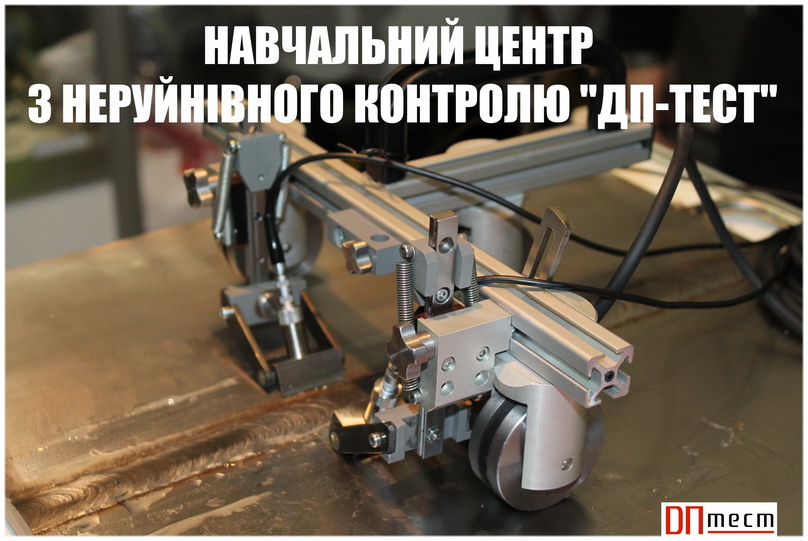The master's thesis has a total of 102 pages. It consists of an introduction, 6 chapters, 36 tables, 39 illustrations, 5 appendices, and 20 sources of literature.
The first chapter provides a brief overview of NC methods and justifies the choice of the method for this system. A review and analysis of modern flaw detectors was conducted. Also, existing works that use coordinate registration methods in flaw detection were reviewed.
In the second section, a functional diagram of the system was developed and substantiated. The choice of the flaw detector circuit and the corresponding electrical components was substantiated. The choice of the computer mouse circuit is proposed. The experimental scheme of the system was developed.
The third section calculates the HSP. The type of HSP is selected, its design parameters, operating frequency, penetration depth, and output signals are calculated.
The fourth section discusses the electronic base used by the system with explanations of the connection contacts. The system's circuit diagram and printed circuit board are developed.
In the fifth section, the system interface is developed, with a description of the defect detection algorithm and an example of the control protocol.
In the sixth chapter, the startup project was developed. For a better understanding of the idea, an information map was created, which describes the idea of the startup project in detail. We analyzed the strengths, neutrality and weaknesses of the idea. A market analysis was also conducted, which considered potential customers, threats and opportunities, competition, and substantiated the competitiveness of the startup project. A SWOT analysis was conducted to identify strengths and weaknesses, opportunities and threats to the startup project. Development and marketing strategies were developed. Target groups of potential consumers were selected. The basic strategy for the development of the startup project was determined. Identification of the key advantages of the potential product concept. The three levels of the product model were described. The price and sales system are formed. The concept of marketing communication was developed. A calendar plan for the implementation of the startup project was also drawn up.
The aim of the study is to develop an eddy current automated system based on an optical mouse sensor, which can obtain the coordinates of the defect.
The following tasks were solved in the course of the research:
• The choice of the NDT method was made and justified.
• Areview of modern eddy current flaw detectors was conducted.
• A review of existing methods for detecting coordinates in flaw detection was carried out.
• The functional and schematic diagrams of the system and the printed circuit board of the system were developed. Calculations and selection of the best electronic components for this system were carried out.
• Developed an interface for convenient use of the system with automation of the protocols process.
• A startup project "DEC light mouse" was developed, which is based on this system.
Object of research: the process of automated eddy current inspection.
Subject of research: means of automated eddy current flaw detection. ‘
Research methods are based on the use of theoretical foundations of eddy current nondestructive testing; calculations of the main parts of the system and its modeling; writing an interface and algorithm for the system;
Scientific novelty of the results: Implementation of a computer mouse in the eddy current flaw detector, which will make it possible to obtain the coordinates of the defect simultaneously with the control.
Research advisor: V.Bazhenov









